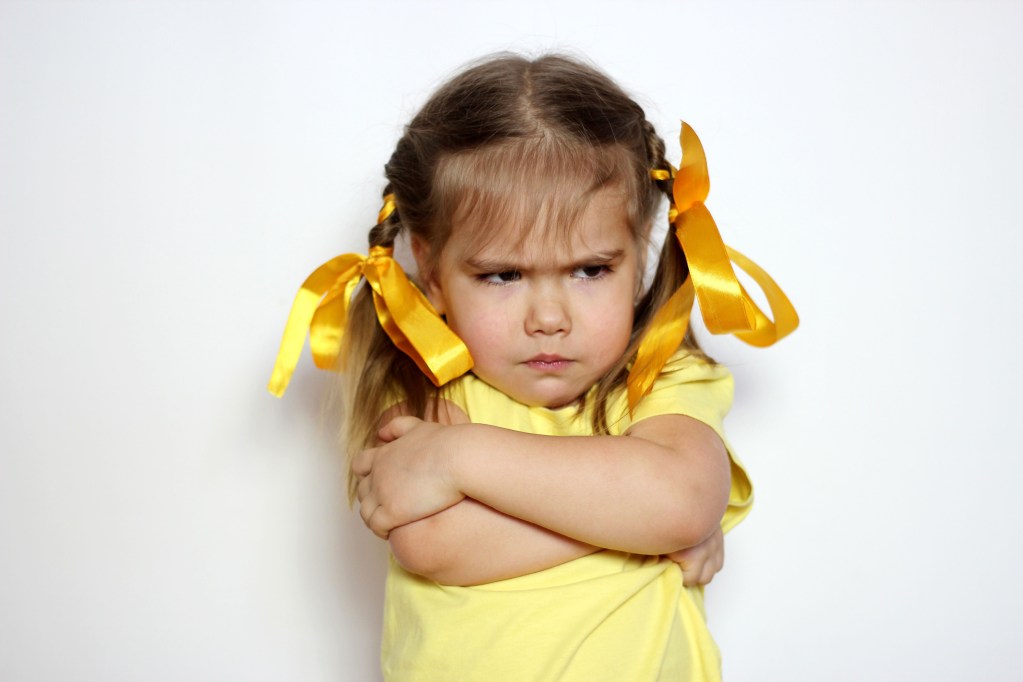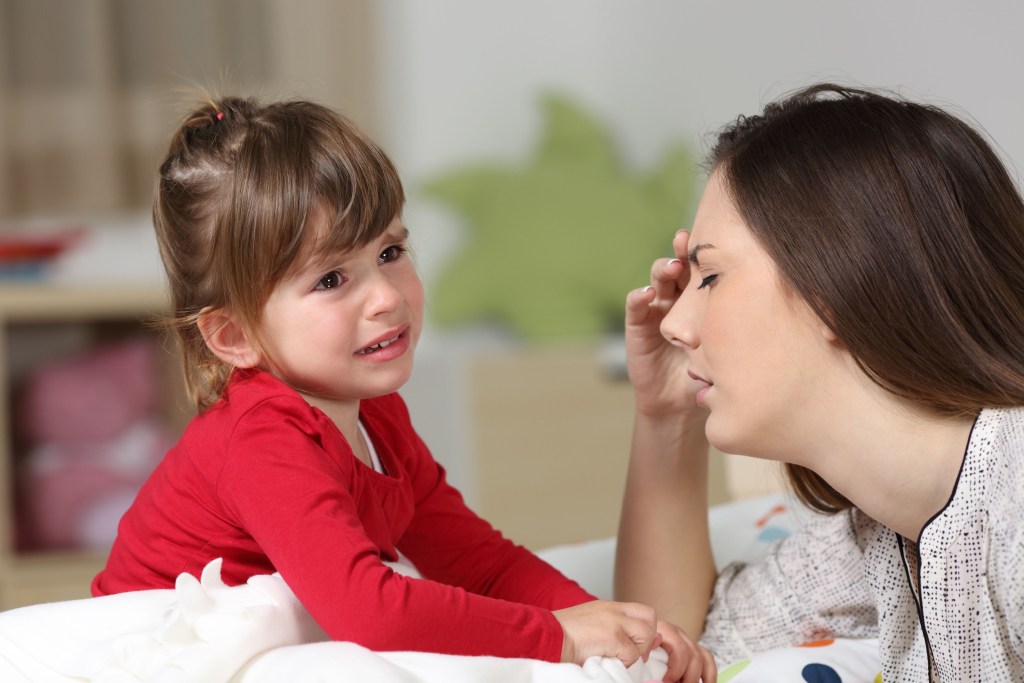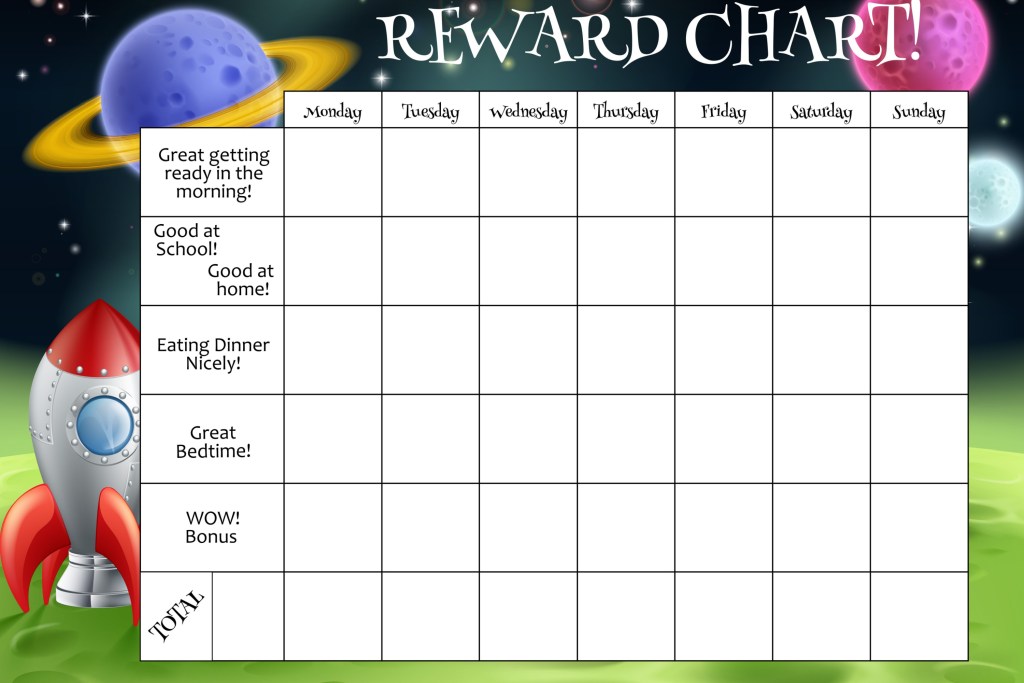Toddlers can be tough to discipline. Let’s face it: Listening to reason is not their forte.
A combination of curiosity, impulse control, and good old-fashioned boundary testing frequently leads toddlers (generally defined as 2- and 3-year-olds) into moments of mischief, defiance, and even destruction that can confound even the most empathetic of grownups.
But take heart. There are ways to install those much-needed behavioral guard rails. One is a simple but effective tool known as a behavior chart. Not only is this a low-cost way to set and enforce basic expectations, but it can also be an opportunity to allow your toddler to participate in the process — and perhaps instill a sense of ownership in the new behavioral patterns.
Here’s all you need to know about toddler behavior charts and tips for making one at home.

What is a behavior chart?
You might remember behavior charts from the classroom. There is typically a grid-shaped chart and a list of specific toddler behaviors and/or objectives. Sometimes there are stickers, magnets, and color coding — think green for excellent behavior and red as a time to stop — or emojis in the mix.
The goal is to provide your toddler with a clear, predictable, visual, and real-time status report on whether they’re on the right track, or whether they might be flirting with disciplinary action. Many behavior charts, however, focus on incentives and rewards, rather than punishment. (In fact, many people call them reward charts.) But you can create and tailor a chart to your needs and preferences.

When is a behavior chart the right choice?
The short answer: If you need something that works — though you’ll need to give some thought to its purpose and your overall household environment.
According to experts, behavior charts, when properly done, can improve behavior, thanks to the motivational appeal of working toward (and, of course, receiving) rewards. This can help children improve their behaviors. You can customize them based on goals that go beyond toddler behavior, from potty training to basic chores.
However, behavior charts are also controversial. There is a belief that behavior charts can increase anxiety, particularly in a group setting or for children with developmental delays. Research has been mixed, so be sure to evaluate the “audience” for your chart so you don’t accidentally foster negative feelings.

What are some examples of behavior chart projects?
After you set your goals, the concept is fairly simple — after all, it’s designed for a toddler to understand. Markers on the chart move from “good” to “bad” or toward rewards and praise. Here are some general ideas for different categories of behavior charts.
Looking for specific designs or templates? Some basic web searching will turn up scads of possibilities.
- Sticker charts: An ideal choice for toddlers. You can let your little person select the stickers that will go on the chart. Just don’t make the behavior chart too complicated and avoid removing stickers once you’ve awarded one for progress.
- Behavior charts: Keep it specific. Home in on the behaviors you want to see most improve, and add those to the chart. It could be anything from throwing objects to inappropriate physical contact or potty training.
- Achievable activities: While perhaps not a chart example per se, sometimes charts can be most effective — particularly at the outset — when they contain one or more objectives that should be fairly easy for the child to achieve. This is something you could potentially, to some extent, involve your toddler in. You can add more advanced goals later, as your toddler moves up the proverbial ladder!
Designing the chart is fun, encourages creativity, and could be a positive and useful bonding experience with your toddler. Ultimately, though, the true key is how you use it.
Staying consistent in using the chart over the longer term is what will help the message really sink in — and help the behavior to change. If you become fully satisfied with the new pattern, you can always phase out the behavior chart and move on to your next parenting endeavor.



